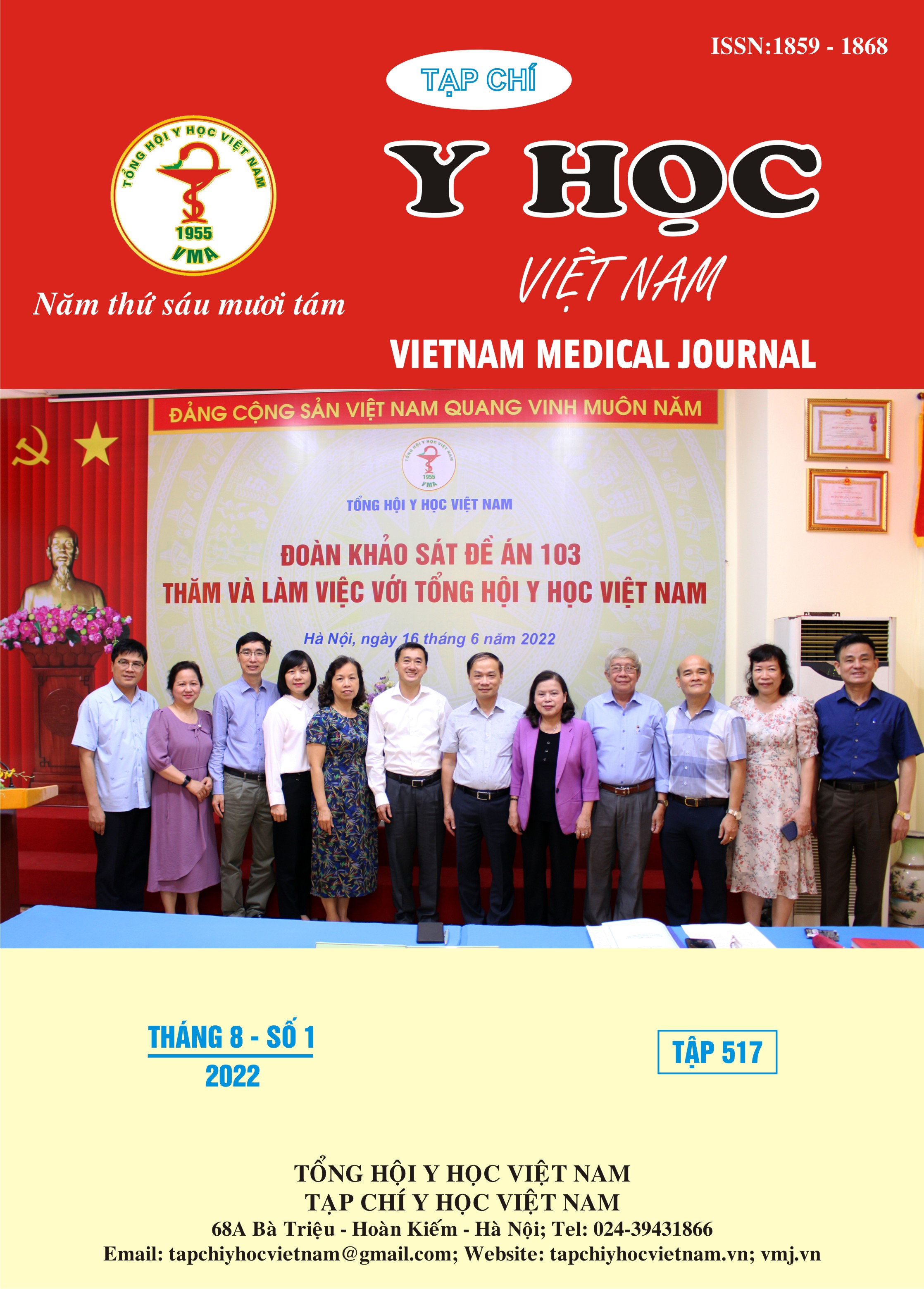STUDY OF MICROBIAL AGENTS CAUSINGLOW GENITAL TRACT INFECTIONS IN WOMEN GYNECOLOGICAL EXAMINATION AND RELATED FACTORS
Main Article Content
Abstract
Background: Lower genital infection is a common gynecological disease with the ability to recur many times. The disease is not an emergency that causes immediate death, but the disease affects health, can lead to infertility, and a number of other gynecological complications Which is affect quality of life, daily work and cost of medical examination. Objective: The study was carried out to describe the situation of microorganisms causing genital infections under epidemiological characteristics as well as disease-related factors. Methods: With a cross-sectional method describing 346 gynecological examination subjects, at Department A, Hung Vuong Hospital, Ho Chi Minh City. Information was collected by questionnaire, using questionnaires and medical records, collected data were processed and analyzed using STATA software. Results: Lower genital infections accounted for 41.91%, of which the group of fungi had the highest rate (80.69%), bacteria (14.48%), and Trichomonas vaginalis (4.83%). The majority of women who come to gynecological examination are women <50 years old, accounting for 88.44%, ≥50 years old (11.56%); living in urban areas 62.43%, rural areas account for 37.57%. Source of tap water accounts for 74.83%; Other water sources (25.14%). Associated factors include: vaginal wetness, itching, vaginal burning pain, menstrual disorders, use of birth control methods, use of sexual supplements, history of vaginitis, abortion history. Conclusion: Overall, the morbidity rate of lower genital infection is still high and many factors are related to the disease. Therefore, it is necessary to continue to strengthen prevention education.
Article Details
Keywords
Gynecological diseases, lower genital infections, pathogenic microorganisms
References
2. Cao Ngọc Thành, Nguyễn Vũ Quốc Huy, Võ Văn Khoa, Phạm Mai Lan (2017)."Nghiên cứu tình hình viêm nhiễm đường sinh dục thấp ở phụ nữ trong độ tuổi sinh đẻ có chồng ở huyện A Lưới, Thừa Thiên Huế". Tạp Chí Y Dược Học - Trường Đại Học Y Huế tập 7, số 4.pp. 83 - 89.
3. Trần Phước Gia, và cộng sự (2017). Xác định tỷ lệ nhiễm khuẩn âm đạo và một số yếu tố liên quan ở thai phụ ba tháng cuối thai kỳ tại Bệnh Viện Phụ Sản Thành Phố Cần Thơ.Bệnh Viện Phụ Sản Thành Phố Cần Thơ.pp. 1 - 10.
4. Trần Thị Lợi, Ngũ Quốc Vĩ (2009). "Tỷ lệ viêm âm đạo và các yếu tố liên quan ở phụ nữ đến khám phụ khoa tại Bv. đa khoa Trung Ương Cần Thơ". Tạp chí y Học Thành Phố Hồ Chí Minh.13 pp. 1-7.
5. Trang Thị Hồng Nhung Một số đặc điểm cận lâm sàng giúp định danh tác nhân viêm âm đạo". Tạp chí y học Việt Nam Tập 513- tháng 4 -số 1 pp. 227 - 231.
6. Vũ Thị Thúy Mai (2019)."Phòng chống bệnh viêm nhiễm đường sinh dục dưới của phụ nữ từ 18-49 tuổi tại Thành phố Nam Định". Khoa học Điều dưỡng - Tập 02 - Số 02.pp. 53 - 60.


